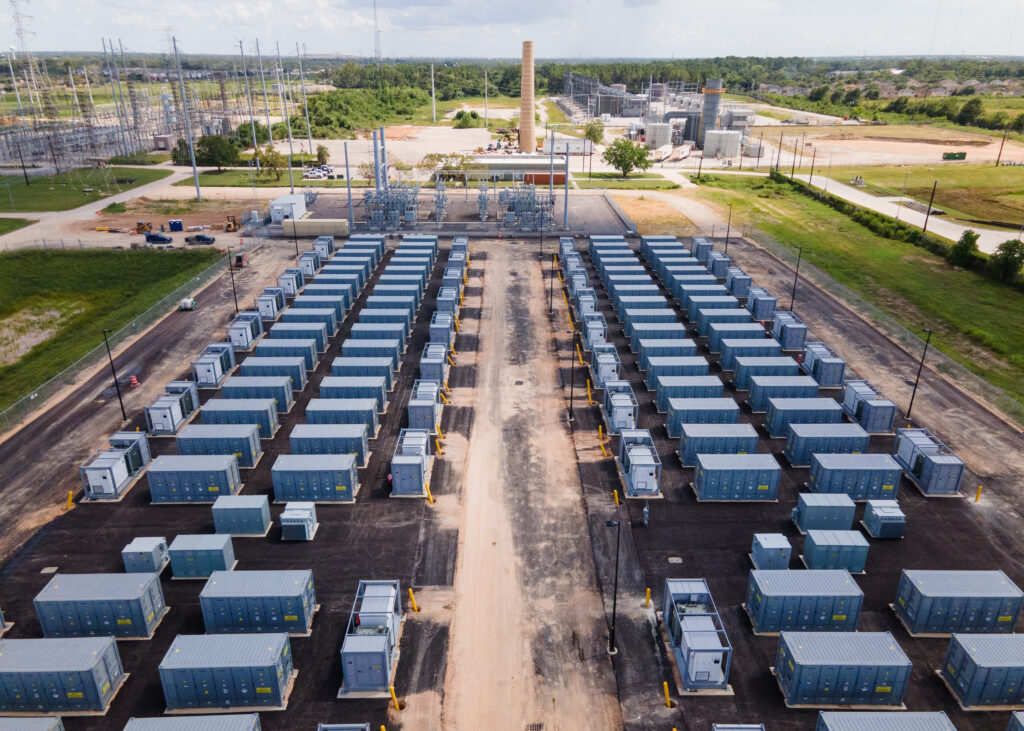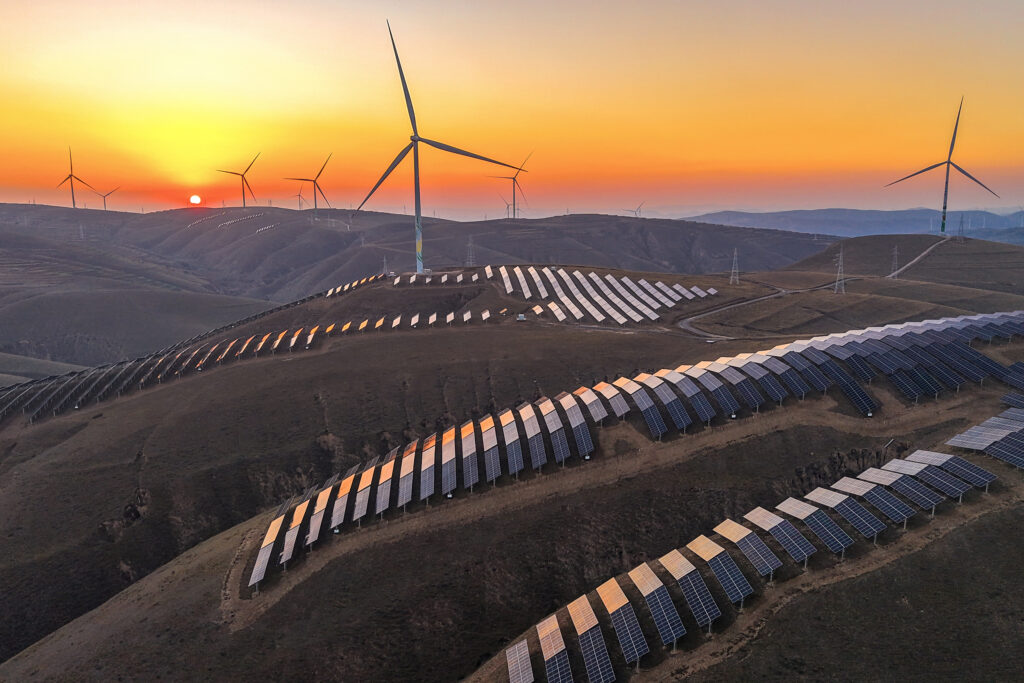A coal-fired power plant that started running more than a century ago is about to get a long-overdue retirement, and its electricity will be replaced by a solar farm and a battery storage system on an existing brownfield.
The project in Painesville, Ohio, a suburb of Cleveland, is one of about two dozen clean energy and emissions-reduction initiatives across the country that are sharing $4.3 billion in funding announced on Monday by the Biden administration.
It was a happy day for Doug Lewis, Painesville’s city manager. He and his colleagues have been considering how to close the city-owned power plant and replace it with a cleaner alternative. They also have wanted to redevelop the site of a long-shuttered chemical factory near the shores of Lake Erie.
The federal government will now pay about $80 million to install solar and batteries on the former factory land and to beautify the rest of the brownfield by planting a meadow of wildflowers and constructing a bike trail. The trail will provide a connection between Painesville and a regional trail that runs along the lake.
“It’s a major accomplishment,” Lewis said.

Painesville, with a population of about 21,000, has had a power plant since 1888. The current plant opened in 1908 and has a listed capacity of 47 megawatts, but Lewis said it typically runs at less than 20 megawatts. It’s a peaker plant, which means it only gets used on the few days per year when electricity demand is highest.
None of the plant’s original turbines are still in operation. The four current generating units went online in 1949, 1953, 1965 and 1990, according to the Energy Information Administration. Each one is about the size of a conversion van and they sit next to each other in the power plant building off one of the city’s main streets.
The solar farm will have capacity of 35 megawatts and the battery storage system will have capacity of 10 megawatts. It will be capable of running for three hours at that level before recharging.
The new construction will be on land that once was home to the Diamond Shamrock Corp. chemical plant, which operated there from 1912 to 1977 and occupied about 1,100 acres. The plant’s products included baking soda, chromium compounds and hydrochloric and sulfuric acids.
Since it closed, the community and the federal government have gone through the slow and trying process of removing pollutants to make the site safe for redevelopment.


The current project can serve as a case study for many things, including regional cooperation. Painesville, in Lake County, worked with officials in neighboring Cuyahoga County and the Cleveland city government to file an application with the federal government that included renewable energy projects for all of them.
The U.S. Environmental Protection Agency approved the $129 million grant, which includes about $80 million for Painesville, about $30 million for the county and about $20 million for Cleveland.
“With these resources, we will be able to expand our solar infrastructure, reduce our reliance on fossil fuels, and decrease greenhouse gas emissions,” Cuyahoga County Executive Chris Ronayne said in a statement.
Observers may ask if this money is well spent, and if the local governments might have been able to do the projects without the federal aid.
Explore the latest news about what’s at stake for the climate during this election season.
I asked Lewis this, and he said his city has been exploring ways to pay for the project, and would have needed more time to figure out how to cover costs.
For perspective, $80 million is close to the annual budget for the Painesville city government.
The federal money means the project gets done sooner and residents will be able to enjoy the benefits sooner. Those benefits include cleaner air and water because the coal plant won’t be operating, and avoided costs on electricity bills because the local utility won’t need a long-term loan to develop the solar farm and storage system.
The city should have access to the money later this year and the project will take about four years to complete.
“This is a crown jewel, for sure,” Lewis said.
I’ve long been fascinated by really old power plants, such as the one in Painesville. I wrote last year about an old coal plant in northeast Ohio, and how the city of Oberlin is trying to get to net-zero emissions at the same time that it continues to use the plant a few days per year.
In many cases, local officials have a sentimental attachment to the old plant that’s been in their town for generations while also understanding the costs of operation and the harm to the environment are almost impossible to justify.
Sometimes leaders need a nudge to close those old plants. That’s what the Inflation Reduction Act has provided in Painesville.
Other stories about the energy transition to take note of this week:
Biden’s Exit Puts Spotlight on Harris’ Energy Record: In the last week, we saw President Joe Biden end his re-election campaign and Vice President Kamala Harris launch her campaign in his place. But what does that mean for energy policy? Brian Dabbs and Heather Richards report for E&E News on some of the differences Harris had with Biden when both were candidates in the 2020 Democratic primary, including Harris’ support for a ban on hydraulic fracturing to produce oil and gas. I think the more important point is that Harris and Biden agree on the big picture of wanting to encourage a transition away from fossil fuels.
Tesla’s Profit Fell 45% in the Second Quarter on Weak EV Sales: Tesla had a rough quarter due to a drop in electric vehicle sales, which likely will increase pressure on CEO Elon Musk and the company to find new ways to grow and make money, as Neal E. Boudette reports for The New York Times. Tesla’s share price had increased by 40 percent since the end of May due in part to investors’ belief that Musk would successfully remake the company into one that operates a driverless taxi service and sells robots for manufacturing and other tasks. But those aspirations have yet to show results at the same time that Tesla’s core EV business is faltering.
Senators Try Again With Bipartisan Permitting Reform Bill: Sens. Joe Manchin, I-W.Va., and John Barrasso, R-Wyo., have introduced a measure that seeks to streamline the process of issuing federal permits for energy projects. The wide-ranging bill has the support of clean energy business groups, and it is opposed by environmental groups such as the Sierra Club, which believe the measure could be used to remove barriers to fossil fuel projects, as Ethan Howland reports for Utility Dive.
Vineyard Wind Accident Happened at the Worst Possible Moment for Offshore Wind: Vineyard Wind’s turbine blade failure last week has provided fodder for opponents of offshore wind at a time when this clean energy technology has not yet had an opportunity to show economic or environmental benefits. Jael Holzman of Heatmap News reports on what happened and why the timing was about as bad as possible.
Electric Vehicles Strain the Automaker-Big Oil Alliance: The auto industry and the oil industry have been allies for a long time, but the growth of electric vehicles is straining this friendship, as my colleague Marianne Lavelle reports. This is the latest in ICN’s series about the intersection of EVs and politics.
About This Story
Perhaps you noticed: This story, like all the news we publish, is free to read. That’s because Inside Climate News is a 501c3 nonprofit organization. We do not charge a subscription fee, lock our news behind a paywall, or clutter our website with ads. We make our news on climate and the environment freely available to you and anyone who wants it.
That’s not all. We also share our news for free with scores of other media organizations around the country. Many of them can’t afford to do environmental journalism of their own. We’ve built bureaus from coast to coast to report local stories, collaborate with local newsrooms and co-publish articles so that this vital work is shared as widely as possible.
Two of us launched ICN in 2007. Six years later we earned a Pulitzer Prize for National Reporting, and now we run the oldest and largest dedicated climate newsroom in the nation. We tell the story in all its complexity. We hold polluters accountable. We expose environmental injustice. We debunk misinformation. We scrutinize solutions and inspire action.
Donations from readers like you fund every aspect of what we do. If you don’t already, will you support our ongoing work, our reporting on the biggest crisis facing our planet, and help us reach even more readers in more places?
Please take a moment to make a tax-deductible donation. Every one of them makes a difference.
Thank you,


















